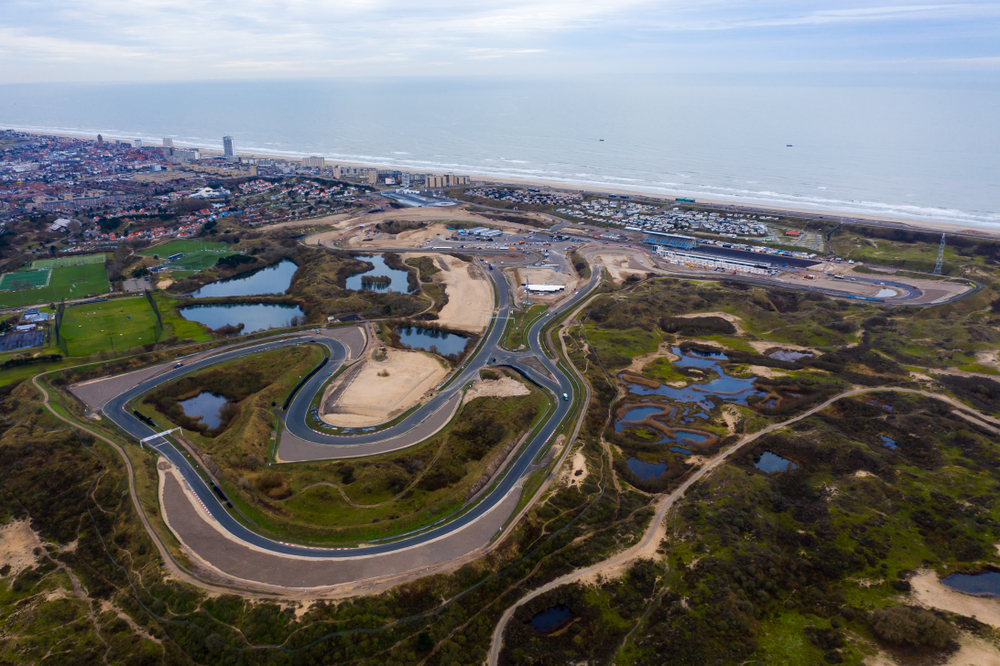The Most Unforgettable F1 Circuits
Every Formula 1 circuit is unique and comes with a fascinating history. These are the greatest tracks of all time, spreading excitement and pumping adrenaline into the veins of F1 fans for decades.

Autodromo Nazionale Di Monza
Located in Monza Park, Italy, the Autodromo Nazionale di Monza is a racing circuit that has been around since 1922, making it the oldest track of the bunch. Beginning in 1950, it has been the proud host of Formula 1.
Autodromo Nazionale Di Monza
There's a reason why the Monza circuit has earned itself the nickname "Temple of Speed". Not only do its curves have to be navigated at high speed, but it also has long, exhilarating straights. However, that's not all that makes it special.
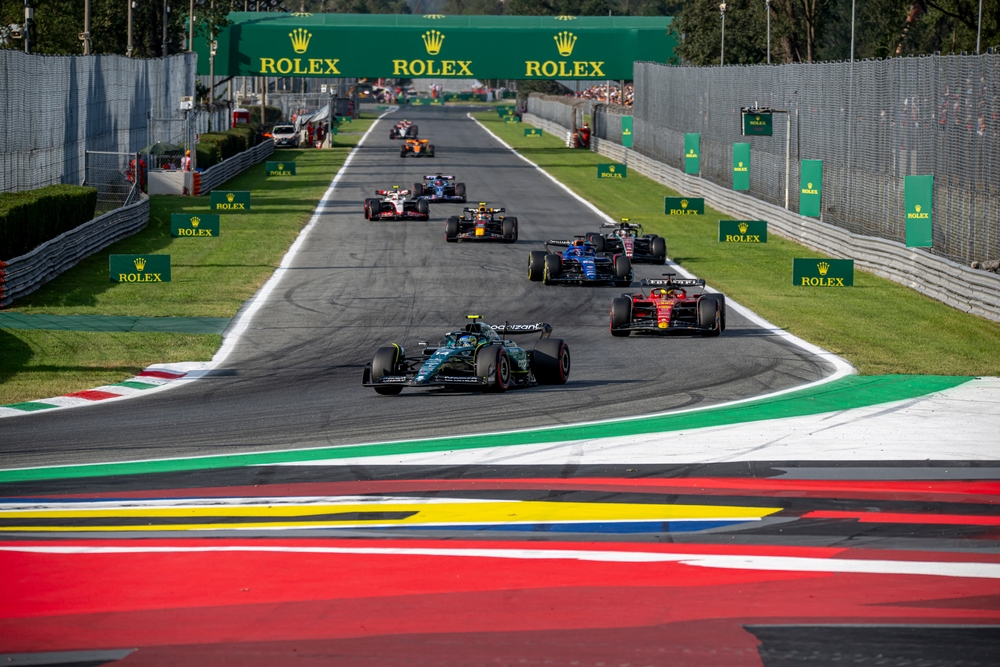 Michael Potts F1, Shutterstock
Michael Potts F1, Shutterstock
Autodromo Nazionale Di Monza
With its ability to seat a whopping 118, 965 spectators—not to mention its gorgeous location—watching a race at the Monza circuit is the gift that keeps giving. Beyond its racing delights, it's also a rich center of interesting culture and history.
Based on its proximity to Milan, there is a wealth of other activities that go hand-in-hand with visiting the circuit, including delicious food and sightseeing.
Circuit De Monaco
Often called the "Monte Carlo," this 3.337 kilometer circuit is fittingly spread along the streets of Monte Carlo and La Condamine. In April and May of every year, it hosts several races: Formula One Monaco Grand Prix, Formula E Monaco ePrix, and Historic Grand Prix of Monaco.
However, based on its location and size, it isn't exactly the most practical circuit.
Circuit De Monaco
The Circuit de Monaco opened to the public in 1929 and continues to be an extremely popular circuit. But perhaps it's the very challenges it presents that make it so interesting to watch. The circuit can be quite tight, posing some difficulties for the drivers—especially considering that Formula 1 cars have gotten bigger over time.
Circuit De Monaco
Watching a race at the Circuit de Monaco comes with a sprinkle of luxury. It's the perfect place to people-watch, with ample opportunity to explore the surrounding city. But most of all, it's about witnessing the cars moving in such close proximity to one another.
 Michael Potts F1, Shutterstock
Michael Potts F1, Shutterstock
Silverstone
Silverstone Circuit—located near Northamptonshire, England—had its grand opening just four years after WWII, in 1948. In fact, it was constructed around a Royal Air Force bomber station, with its runways all contained within today's version of the track.
Silverstone
In 1950, the Formula 1 World Championship began, and Silverstone Circuit was where the very first race took place. Even King George VI was among the many spectators. Then, in the late 1980s, it became the official host of the British Grand Prix.
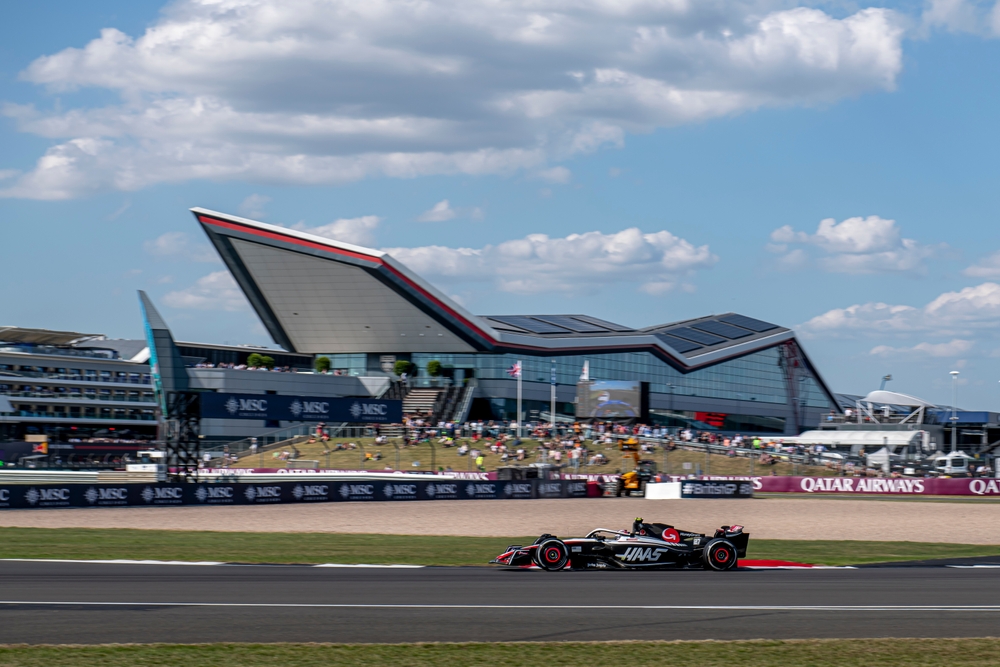 Michael Potts F1, Shutterstock
Michael Potts F1, Shutterstock
Silverstone
The circuit itself is known to be quite flat—but its lack of features does not mean that it is any less exhilarating. With its graceful lines, this is one speedy track that will certainly test whoever races on it.
Circuit De Spa-Francorchamps
Sometimes called "Spa," this circuit located in Belgium began hosting races in 1925 with the Belgian Grand Prix and slotted itself into the Formula 1 schedule by 1950. However, it's had a dubious reputation for being very fast and quite perilous.
Circuit De Spa-Francorchamps
You see, prior to 1970, the circuit's safety standards were jaw-dropping. Winding through the Ardennes countryside, the track mostly doubled as a public road, and still does. The only safety modification in place? A smattering of straw bales.
Circuit De Spa-Francorchamps
Commenting on the Circuit De Spa-Francorchamps, former F1 driver Jackie Oliver said, "If you went off the road, you didn't know what you were going to hit". Thankfully, in 1981, the track underwent a major change—its length shortened to seven kilometers in response to the safety concerns.
Today, the circuit is much safer than it was at its inception.
Hungaroring
Located in Mogyoród, Pest County, Hungary, the Hungaroring circuit is 4.381 kilometers. In fact, in 1986, it became the first track to host a Formula One race behind the Iron Curtain.
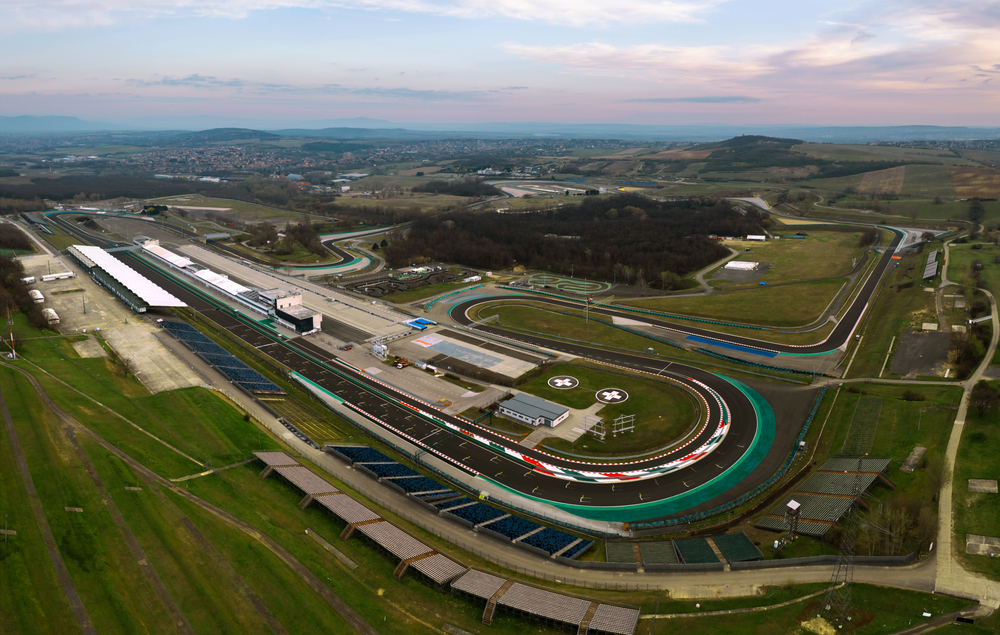 Kurka Geza Corey, Shutterstock
Kurka Geza Corey, Shutterstock
Hungaroring
Racing on the Hungaroring is a unique experience. With the Grand Prix taking place in the summer, the weather conditions are usually very arid and sweltering. The dryness causes the track to be extremely dusty because it isn't used very much throughout the rest of the year.
Hungaroring
With these dusty conditions, as well as its twisting curves and rough terrain, the circuit has earned the nickname, "Monaco without barriers". Still, many invigorating races have taken place at the Hungaroring, and is an excellent summer activity for tourists.
 Kurka Geza Corey, Shutterstock
Kurka Geza Corey, Shutterstock
Red Bull Ring
Originally known as Österreichring, Red Bull Ring can be found in Spielberg, Austria. The circuit began hosting the Austrian Grand Prix in 1970—but shockingly, danger riddled its layout.
Red Bull Ring
For 18 years, attention to safety standards fell by the wayside—that is, until turbo cars began to highlight the track's specific perils in the 1980s. Changes had to be made.
Red Bull Ring
In 1997, the circuit—now named A-1 ring—began hosting the F1 races once again after some modifications, but this was short-lived. Once again, it dropped off the calendar in 2003. But this wasn't the end of the race track.
 Clari Massimiliano, Shutterstock
Clari Massimiliano, Shutterstock
Red Bull Ring
Once billionaire Dietrich Mateschitz got his claws in the circuit, he turned things around. The track underwent some major renovations, was renamed Red Bull Ring in 2011, and began hosting F1 races again in 2014.
Suzuka Circuit
Though its origin story dates back to 1960, the Suzuka Circuit began hosting the Japanese Grand Prix in 1987. Located in Suzuka, Japan, this track has one very unique feature.
 Michael Potts F1, Shutterstock
Michael Potts F1, Shutterstock
Suzuka Circuit
The Suzuka's "figure eight" layout makes it the only FIA Grade 1 licensed track to have such a delightful shape, with an overpass allowing the circuit to cross over itself.
 Michael Potts F1, Shutterstock
Michael Potts F1, Shutterstock
Circuit Zandvoort
As the only Dutch track to host Formula 1, Circuit Zandvoort opened its doors in 1948—but it had difficulty cementing its placing in the F1 calendar once the mid-180s hit.
Circuit Zandvoort
Found west of Amsterdam in the sand dunes north of Zandvoort, this circuit became the home of the Dutch Grand Prix—hosting it 30 times. However, this only lasted from 1952 to 1985. It would take over three decades for it to return to the F1 world.
Circuit Zandvoort
In 2021, the Dutch Grand Prix made a grand comeback, now meeting modern F1 standards. Today, the circuit and events are wonderfully organized and is also located close to the bustling city of Amsterdam.
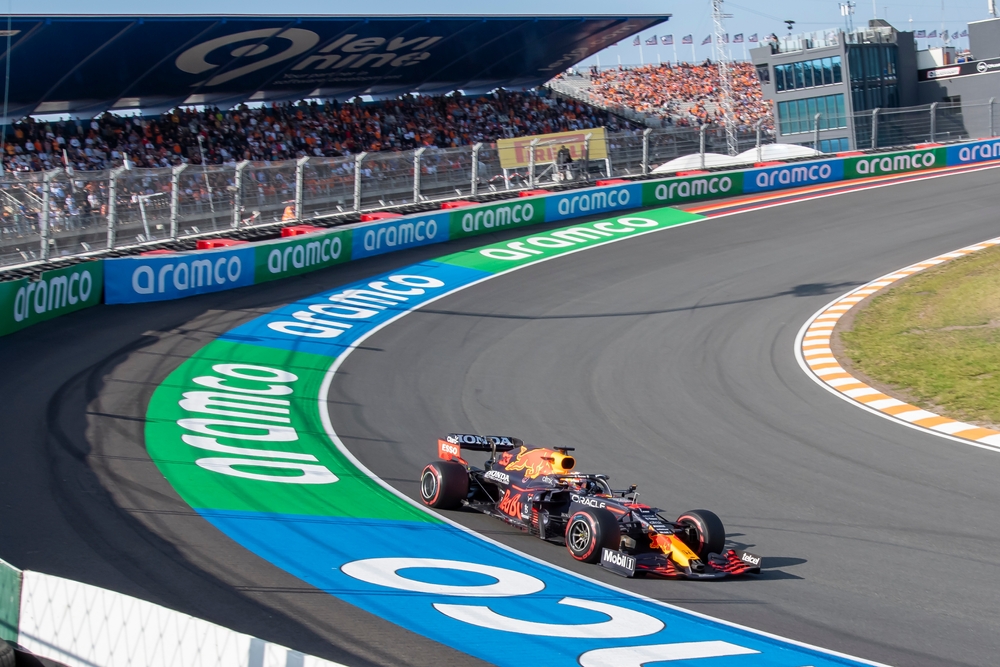 Michael Potts F1, Shutterstock
Michael Potts F1, Shutterstock
Circuit Gilles Villeneuve
The Circuit Gilles Villeneuve was originally the Île Notre-Dame circuit—but one tragedy changed its fate forever. You see, in October 1978, a racing driver from Quebec, Gilles Villeneuve, became the very first Canadian to win the Canadian Grand Prix.
However, just four years later, he met a devastating end.
Circuit Gilles Villeneuve
In 1982, Gilles Villeneuve lost his life in an accident during the Belgian Grand Prix. He was only 32 years old. To honor his legacy, the Île Notre-Dame circuit was renamed after him, becoming the Circuit Gilles Villeneuve.
 PatrickLauzon photographe, Shutterstock
PatrickLauzon photographe, Shutterstock
Circuit Gilles Villeneuve
This circuit, located near downtown Montreal, is constructed on an artificial island known as Notre-Dame Island, and is 4.361 kilometers. Based on its proximity to the lively urban center of Montreal, fans can enjoy a wealth of entertainment in addition to watching the races.
 Michael Potts F1, Shutterstock
Michael Potts F1, Shutterstock
Autódromo José Carlos Pace
Also known as "Interlagos," the Autódromo José Carlos Pace can be found in São Paulo, Brazil, and dates back to 1940. Similar to Circuit Gilles Villeneuve, this track also underwent a name change due to the sad loss of an F1 driver.
Autódromo José Carlos Pace
This circuit's name honors José Carlos Pace, a Brazilian racing driver who grew up in São Paulo. However, unlike Villeneuve, José Carlos Pace passed in a plane crash.
 Michael Potts F1, Shutterstock
Michael Potts F1, Shutterstock
Autódromo José Carlos Pace
Beginning in 1972, this circuit hosted the Brazilian Grand Prix. However, it did run into some trouble during the 1980s. Safety concerns about the track resulted in the race being held in Rio de Janeiro instead. Once modifications to the circuit were made, it won itself back into the good graces of Formula 1.















